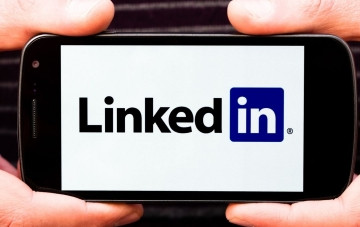How to make the most of your LinkedIn profile.
- November 25, 2020

Are you not getting the results from being on LinkedIn that you thought you would get?
One of the most important things on the World’s biggest professional networking site is to optimise your profile! It is not only a platform to advertise yourself, but it is also a chance to network with people in your field, colleagues and potential employers. Therefore, do not just copy and paste from your CV, take time to sit and think about your audience and who you want to be speaking to, choosing your style and language accordingly.
More employers are choosing to use LinkedIn as a way of finding potential candidates for their vacancies, therefore we have composed some tips on how to optimise your LinkedIn profile to get the most out of your experience:
Profile Picture
Its best to stick to a headshot photo of yourself either taken by you or someone else. Try to not have photos with other people in or of anything that isn’t you, for examples: pets. This is one of your first chances to make a professional impression on potential connections as this will be one of the first things people see.
Headline
This can only be brief but needs to make an impact, this is what will show to people when your profile comes up in a search. Pack it with key words and grab your audience’s attention to help them differentiate you from others. You want to make them click and view your profile.
Summary
You are only allowed 300 words here so use them wisely! Give a good illustration of your professional self, pack this full of key words too so you are more likely to appear in searches. It is useful to add here what you do as part of your current role and what you are looking to achieve in your career. Try and make it a couple of paragraphs of one or two sentences instead of a big block of text, this will be easier for people to read.
Experience
You can add all your previous career experience here, try and match up your job titles with your CV and bullet point very key responsibilities in each role. Again this is not your CV so you don’t need to go into as much detail. It is more an opportunity for you to give a brief showcase of what you have done previously.
You can also add your education on your LinkedIn profile, this is especially useful if you are wanting to work in a specialism which requires certain qualifications. Potential employers can then see this easily if it is a specific requirement for any potential vacancies.
These tips will help you construct a great profile on LinkedIn and help you build a professional network, which could potentially lead to your next job opportunity.


You can also use your social account to sign in. First you need to:
Accept Terms & Conditions And Privacy Policy